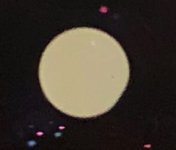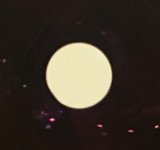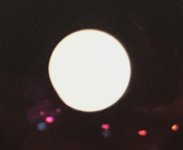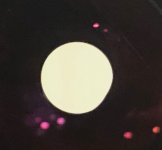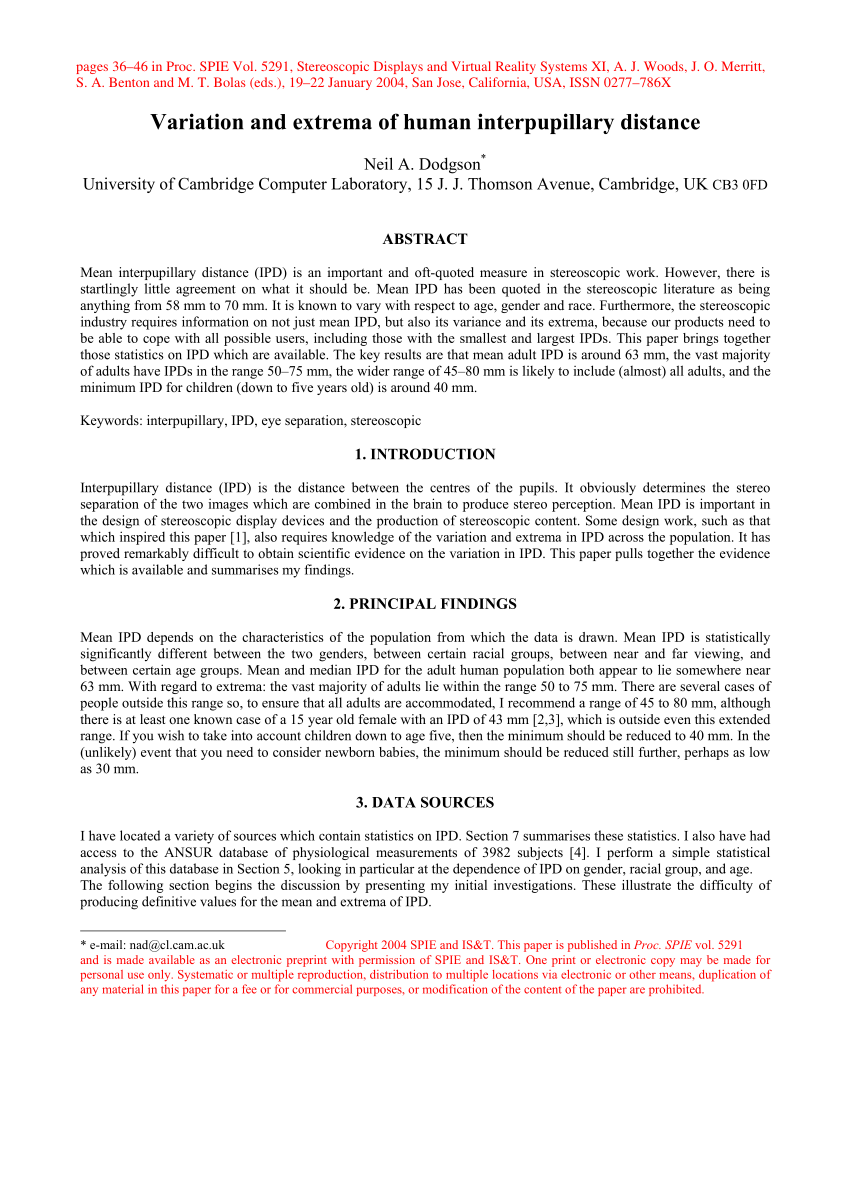eitanaltman
Well-known member
Leaving aside sample variation, this highlights to me the biggest flaw of Allbinos "scores" -- I think that Arek does a good job of being objective and methodologically consistent in his testing, but the problem is how he arbitrarily translates that (mostly) objective data into SCORES.
The current topic is a perfect example: the "truncated exit pupils" category under discussion is worth 8 points in Allbinos scoring. Many top-scoring binoculars are knocked down quite a bit on the ranking due to getting severely dinged in this category by 4-5 points (and there's only a 5 point gap between the #5 and #15 ranked binocular on the 10x42 rankings, for example, so that's pretty huge).
However, close focus is worth only 2 points (!!) and nearly every birding binocular gets a 1.5 or 2 since the standards are so lax for this category. The difference in worth between the 3.3m close focus of the Swaro SLC 10x42 Neu and the 1.5m close focus of the Zeiss SF 10x42 is ONE POINT.
Would most birders rather have a nearly 2m improvement in close focus, or a 3% reduction in exit pupil truncation?
There are all sorts of similar examples, my biggest pet peeve is the IPD score, worth 6 points, yet the scoring ONLY factors in MAXIMUM value. There is zero difference in point value between a binocular that only goes down to 58-59mm IPD vs one that gets down to 52-53mm. Many birders know this difference can be of major importance in comfort (it's a complete deal-breaker for my wife).
These kinds of decisions have massive implications for the total score ranking, and while Arek is fully transparent in cautioning people to not take the rankings too literally, we ALL know that "certain people" on forums like this love to throw around these scores as objective truth so they can (try to) fool people into thinking their opinions carry the weight of quantitative authority.
But if you value those factors differently, your "personal weighted average" ranking would look dramatically different than the current ranking on Allbinos which incorporates the weights that Arek chose, whatever his reasons.
So rather than focusing on the total score, it's best to focus on the categories that are important to you and use his "scores" to determine relative performance in certain areas.
The current topic is a perfect example: the "truncated exit pupils" category under discussion is worth 8 points in Allbinos scoring. Many top-scoring binoculars are knocked down quite a bit on the ranking due to getting severely dinged in this category by 4-5 points (and there's only a 5 point gap between the #5 and #15 ranked binocular on the 10x42 rankings, for example, so that's pretty huge).
However, close focus is worth only 2 points (!!) and nearly every birding binocular gets a 1.5 or 2 since the standards are so lax for this category. The difference in worth between the 3.3m close focus of the Swaro SLC 10x42 Neu and the 1.5m close focus of the Zeiss SF 10x42 is ONE POINT.
Would most birders rather have a nearly 2m improvement in close focus, or a 3% reduction in exit pupil truncation?
There are all sorts of similar examples, my biggest pet peeve is the IPD score, worth 6 points, yet the scoring ONLY factors in MAXIMUM value. There is zero difference in point value between a binocular that only goes down to 58-59mm IPD vs one that gets down to 52-53mm. Many birders know this difference can be of major importance in comfort (it's a complete deal-breaker for my wife).
These kinds of decisions have massive implications for the total score ranking, and while Arek is fully transparent in cautioning people to not take the rankings too literally, we ALL know that "certain people" on forums like this love to throw around these scores as objective truth so they can (try to) fool people into thinking their opinions carry the weight of quantitative authority.
But if you value those factors differently, your "personal weighted average" ranking would look dramatically different than the current ranking on Allbinos which incorporates the weights that Arek chose, whatever his reasons.
So rather than focusing on the total score, it's best to focus on the categories that are important to you and use his "scores" to determine relative performance in certain areas.






